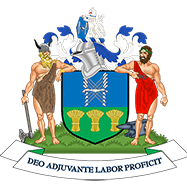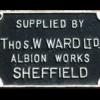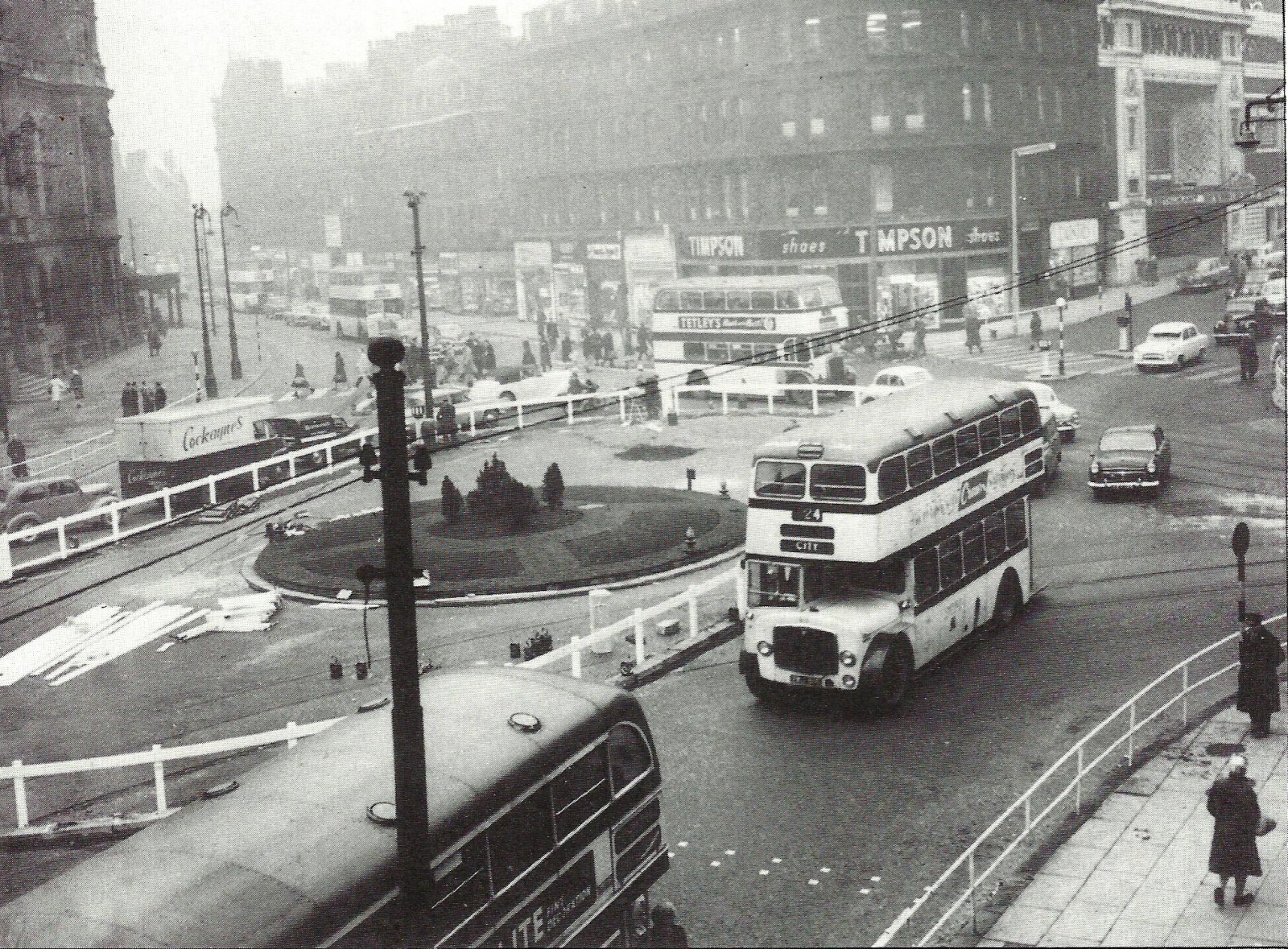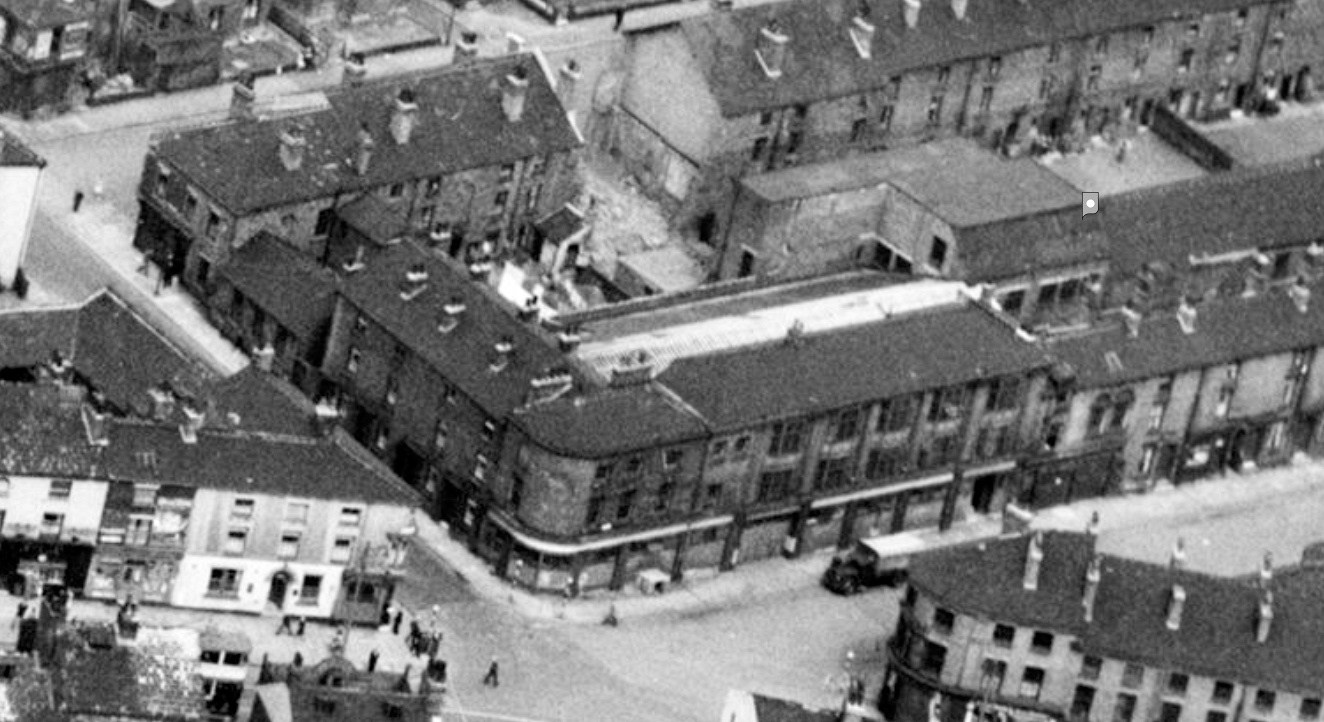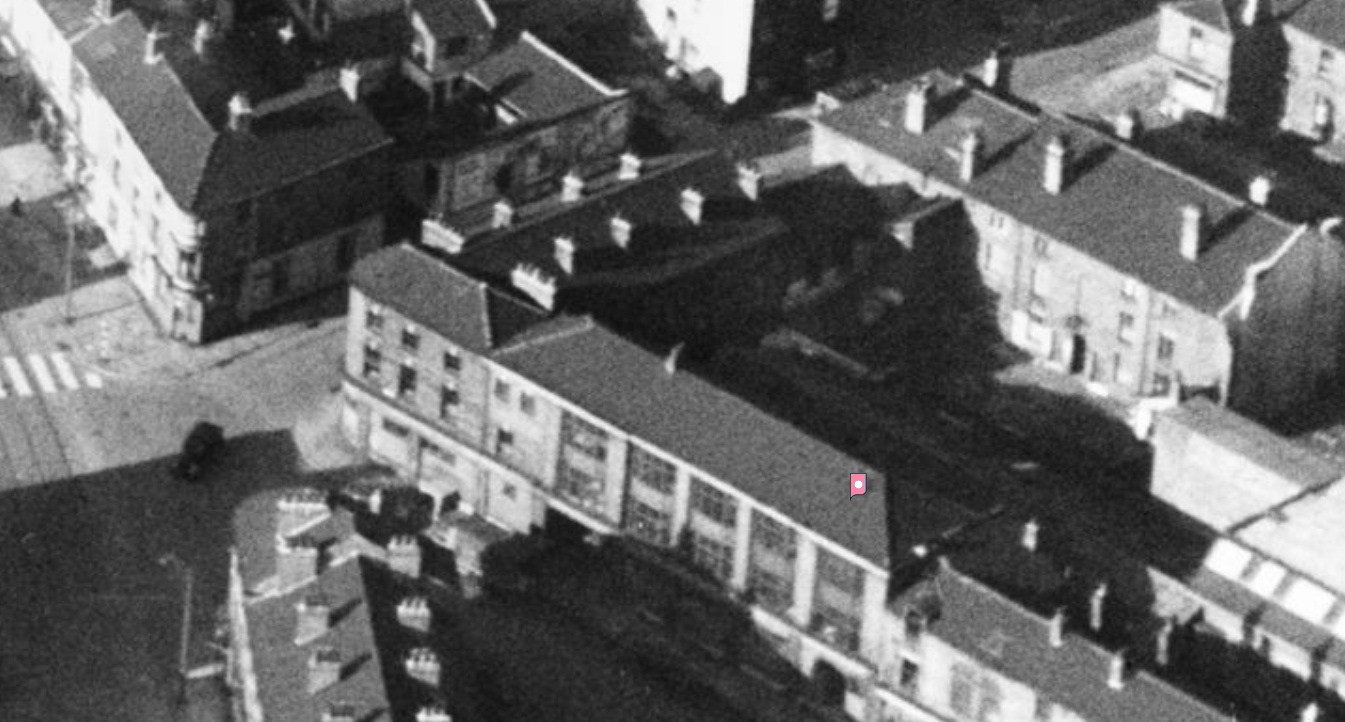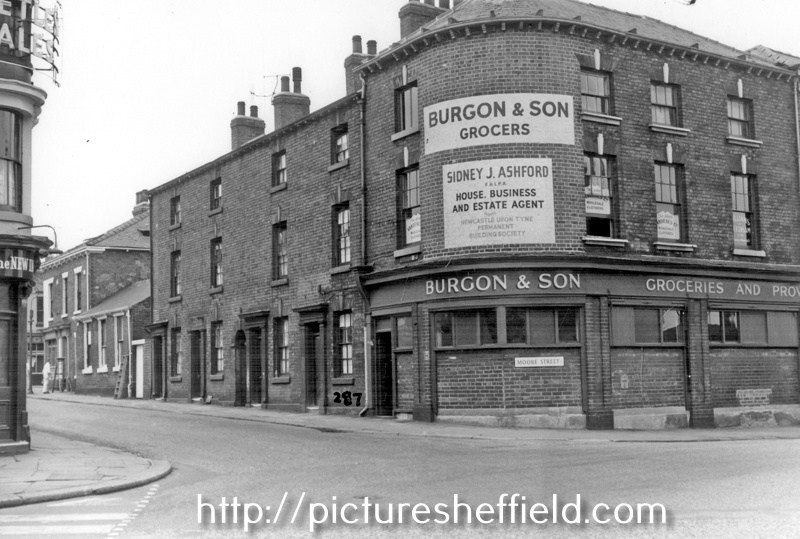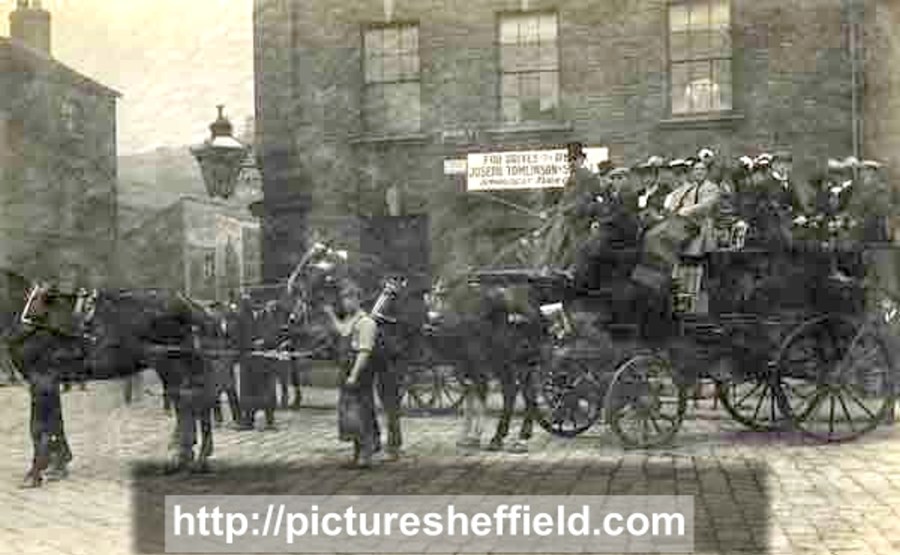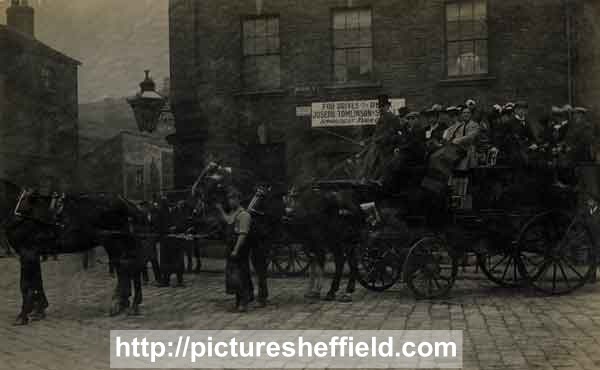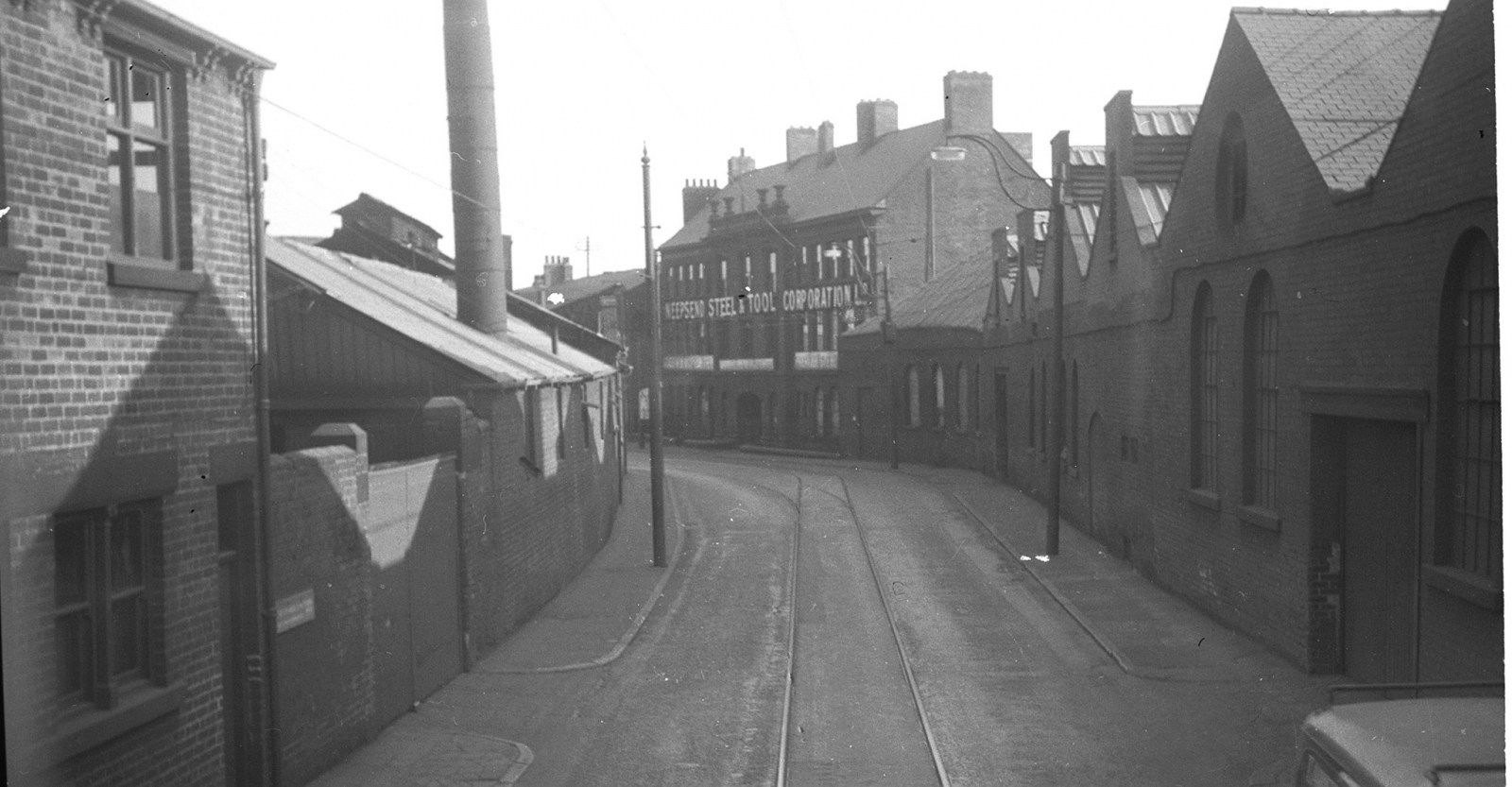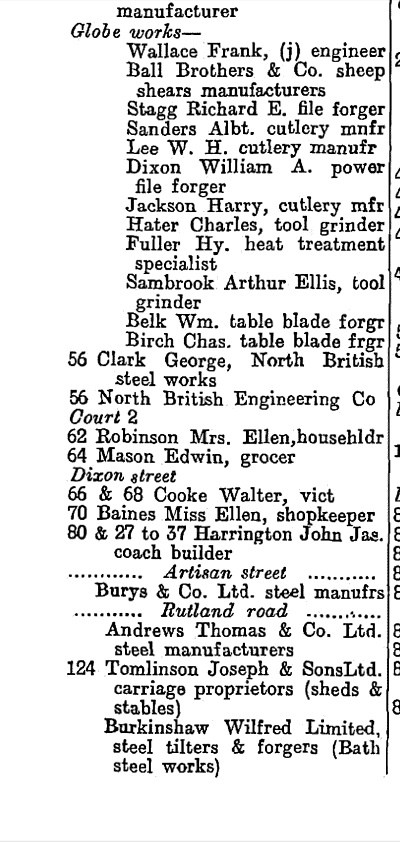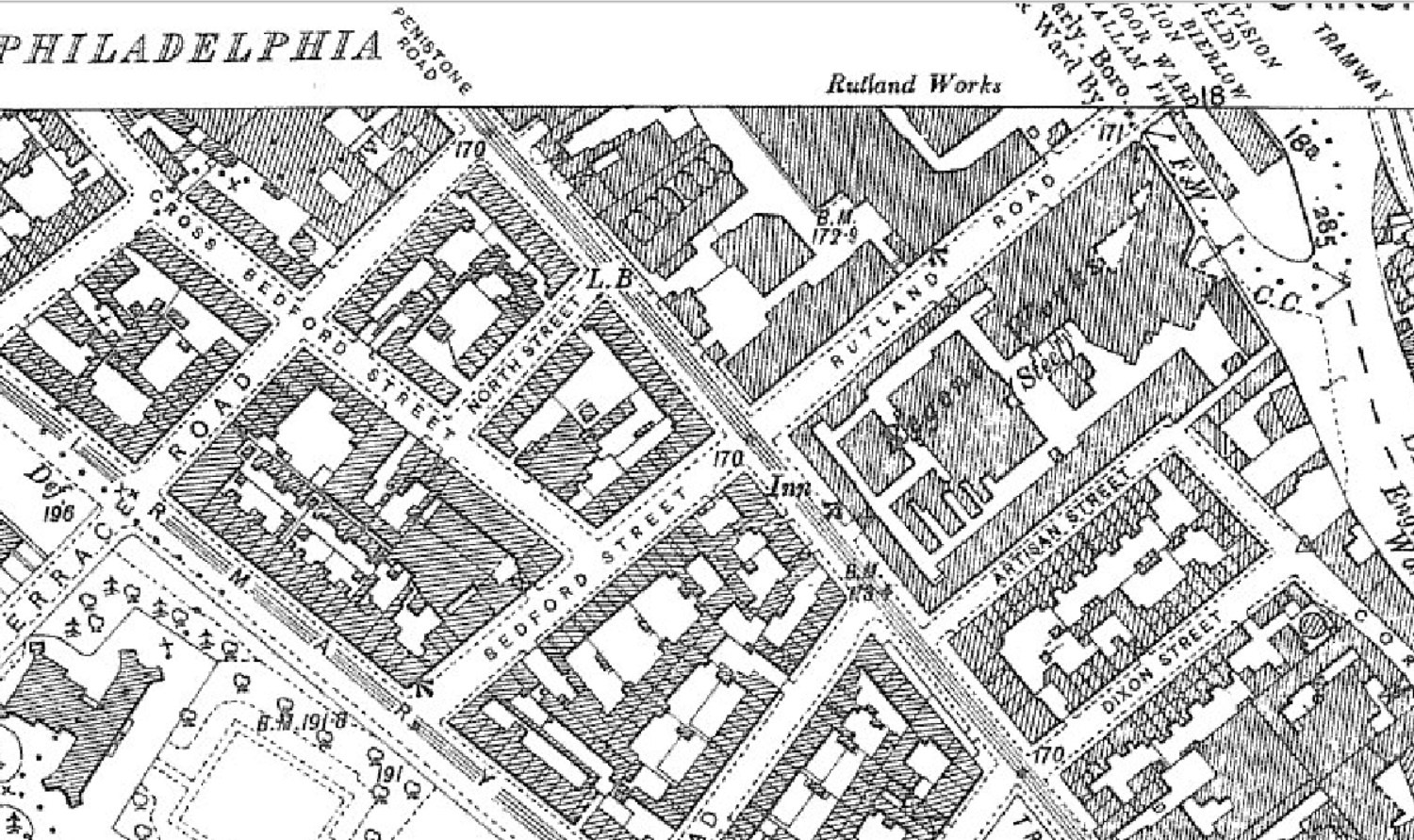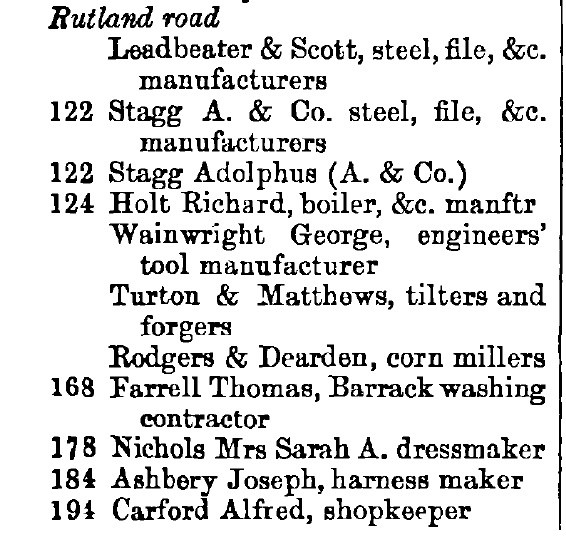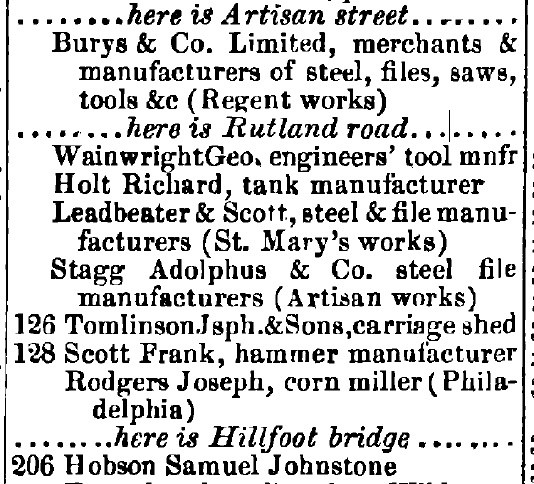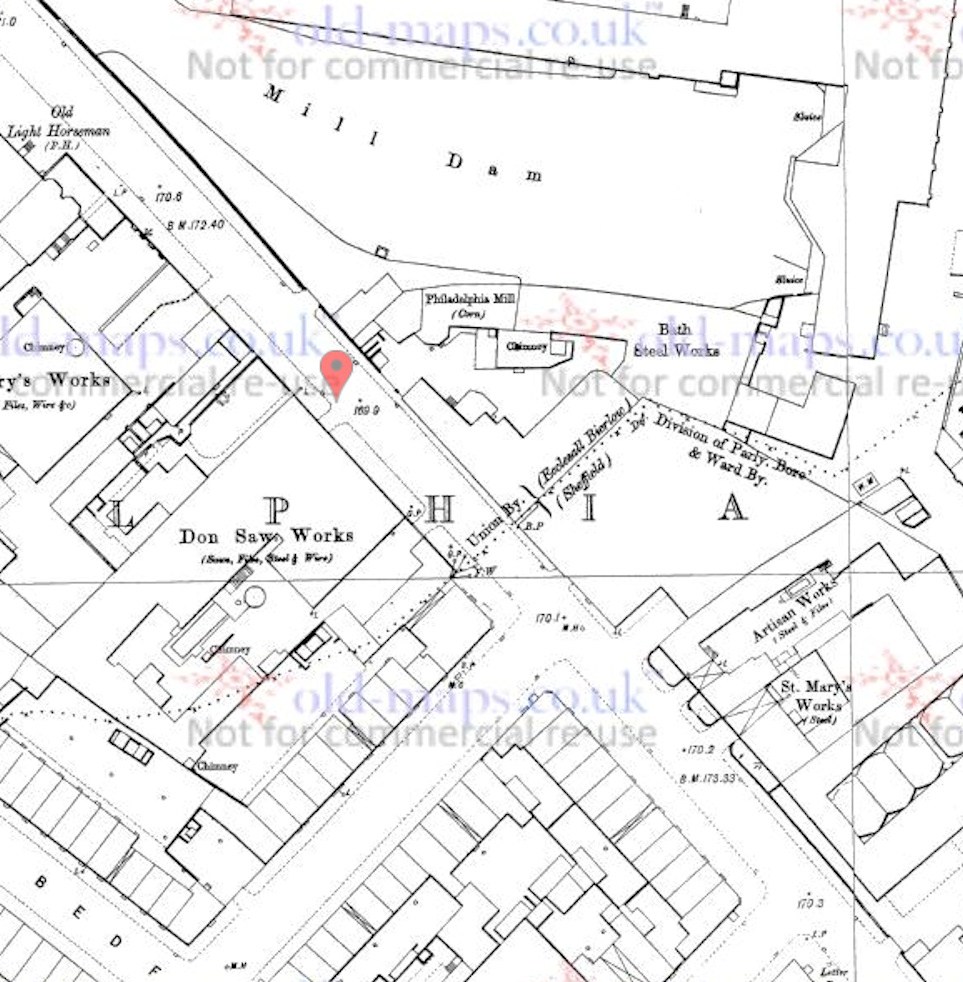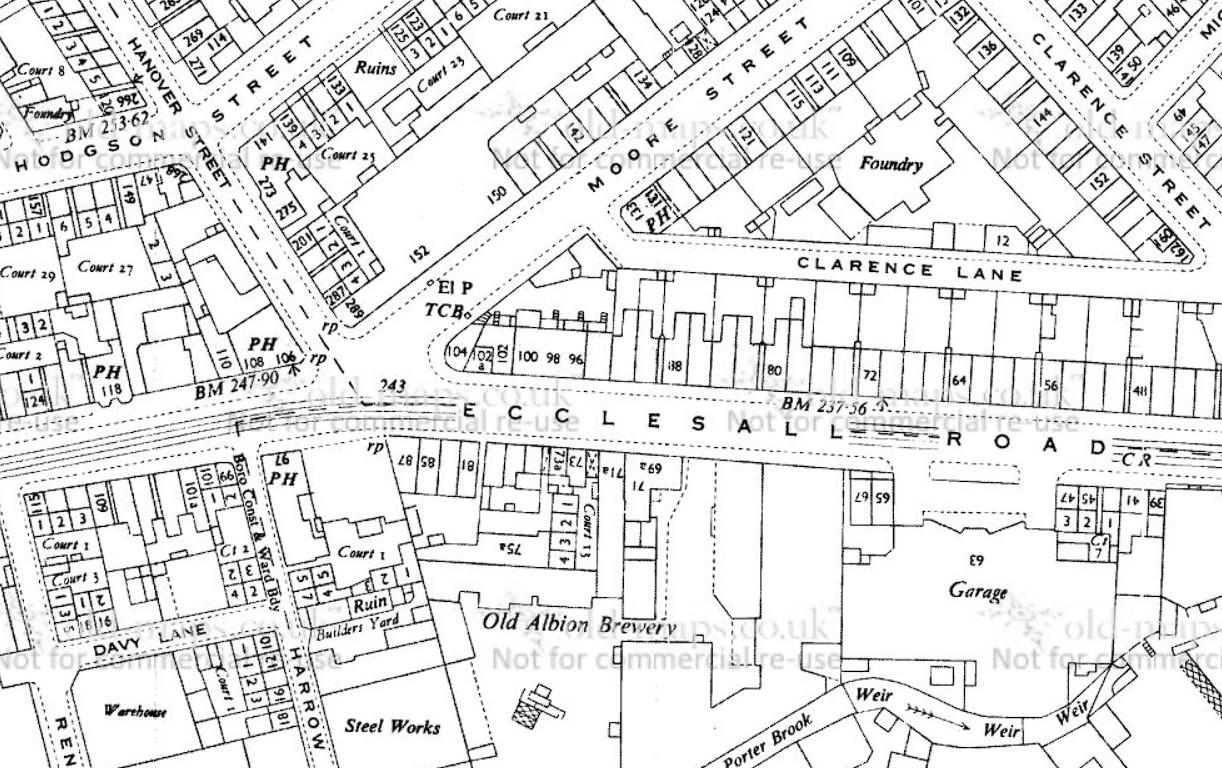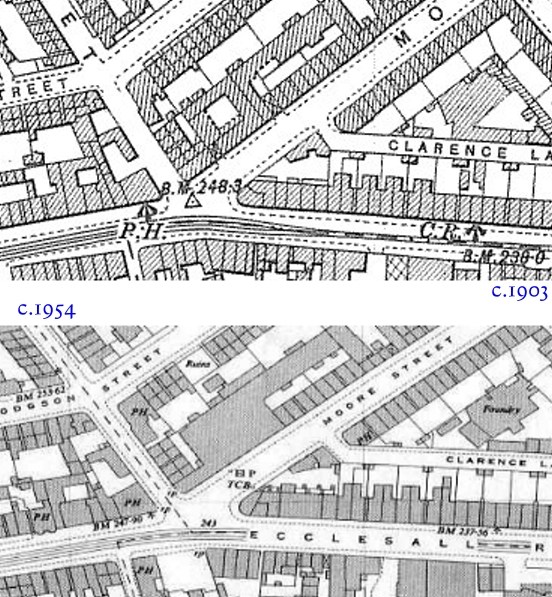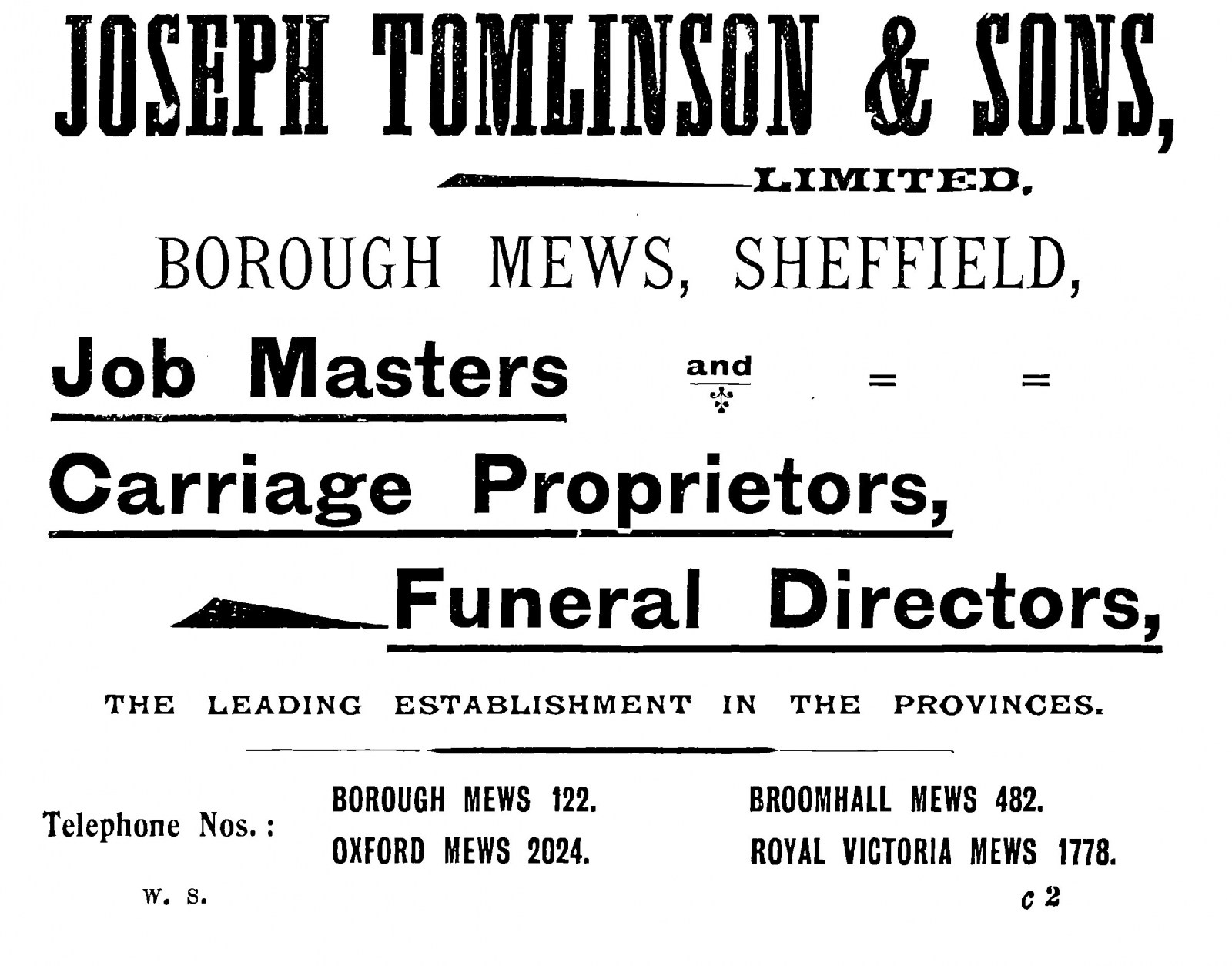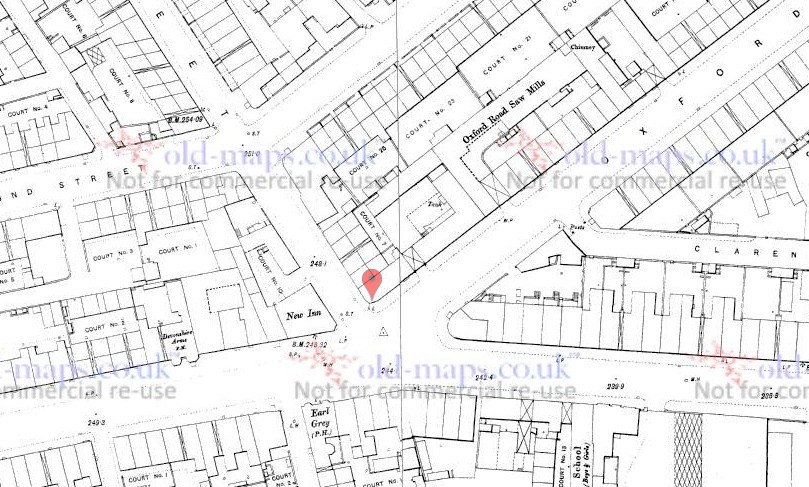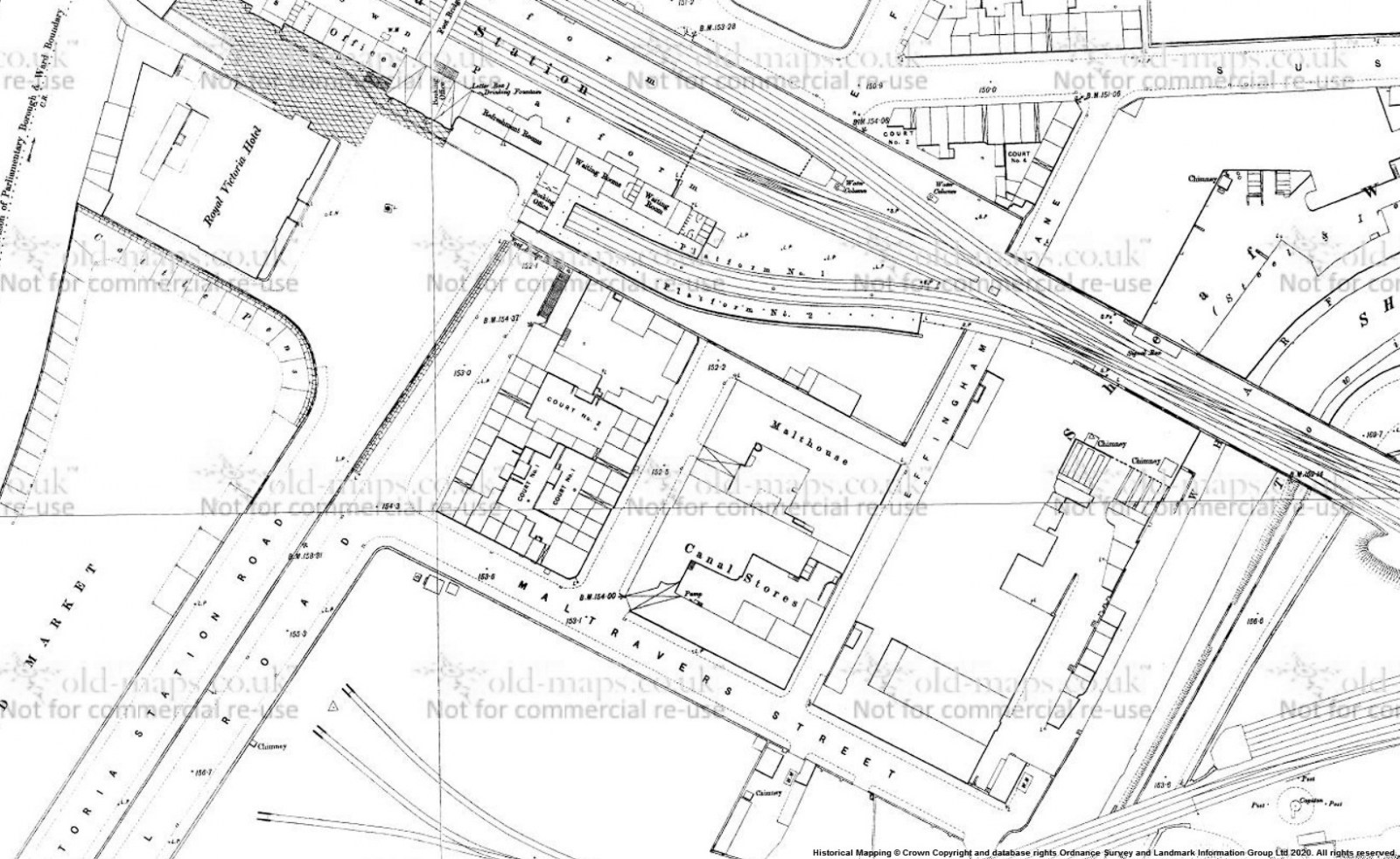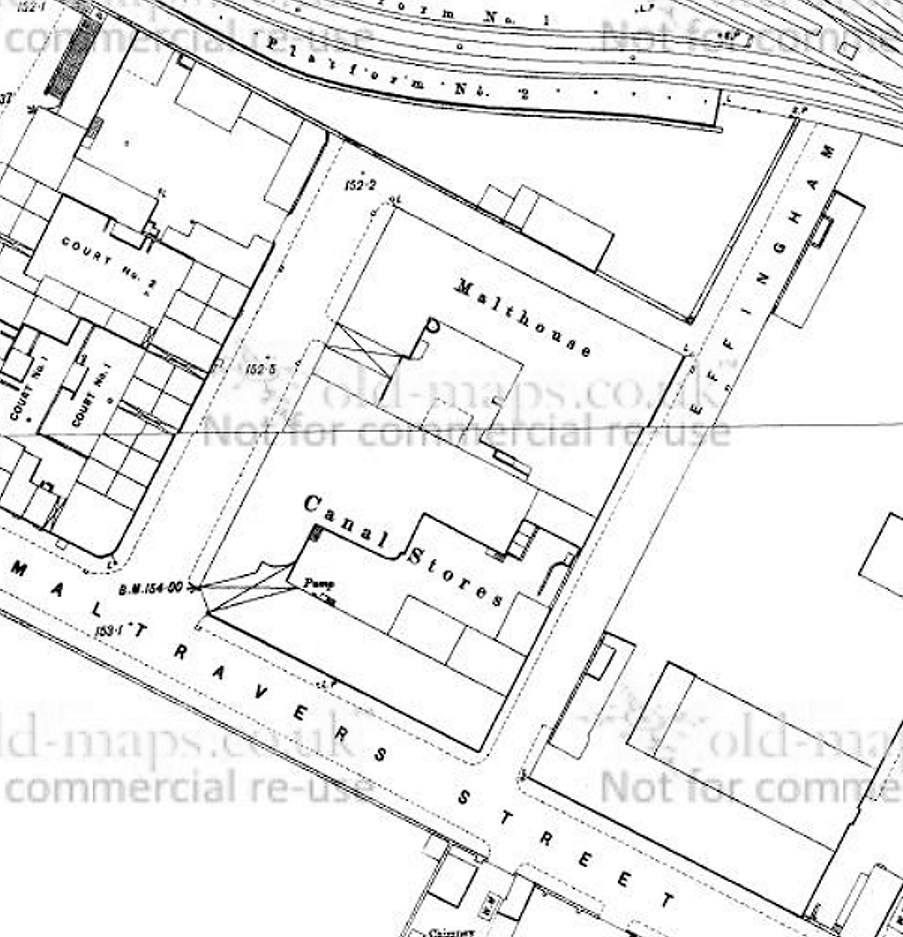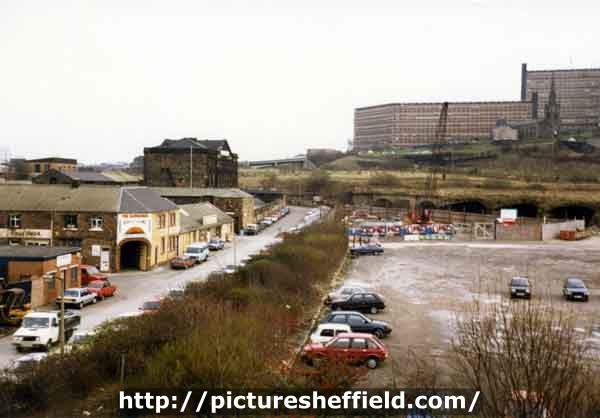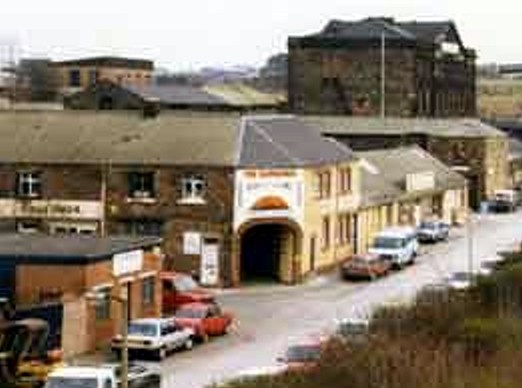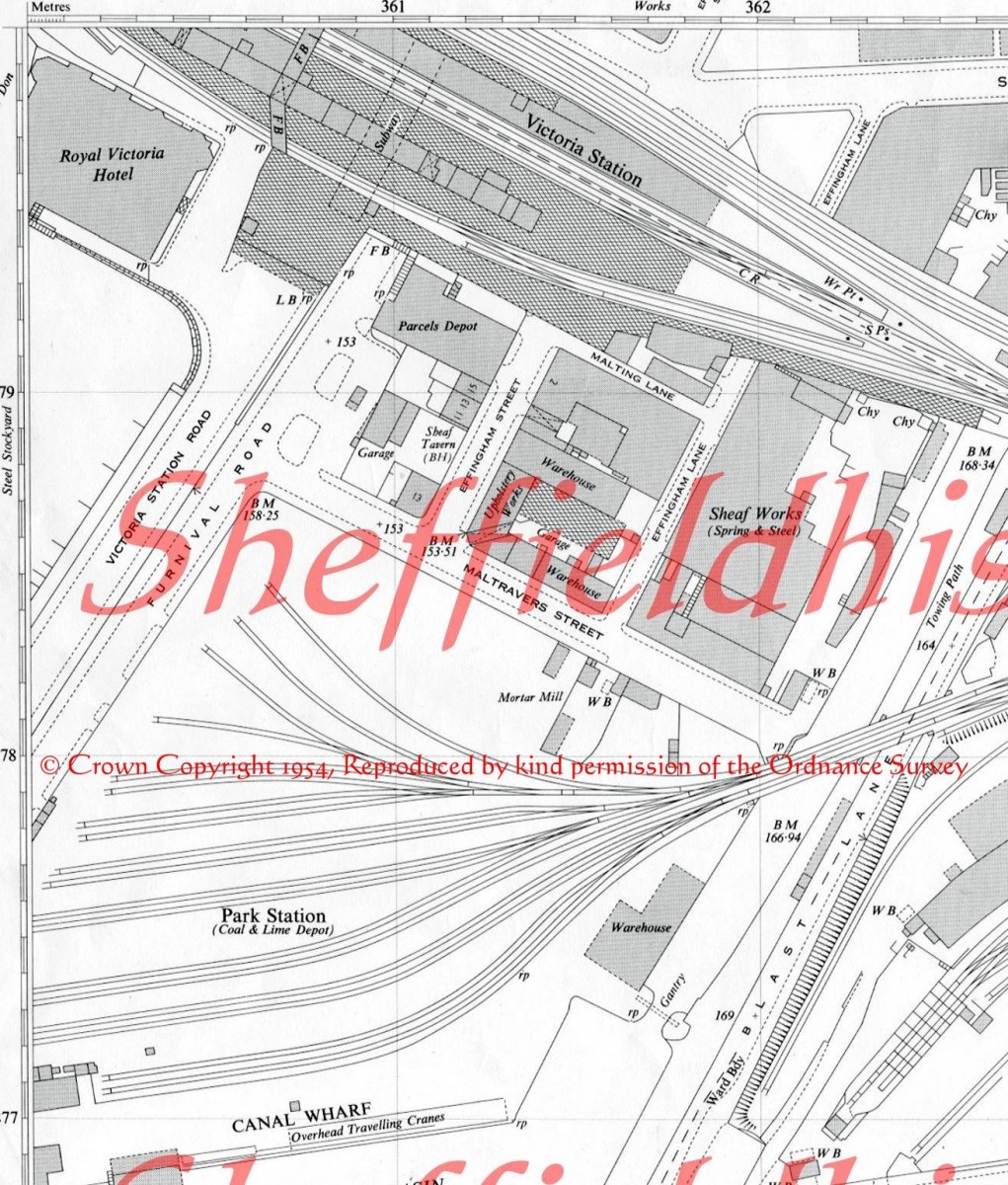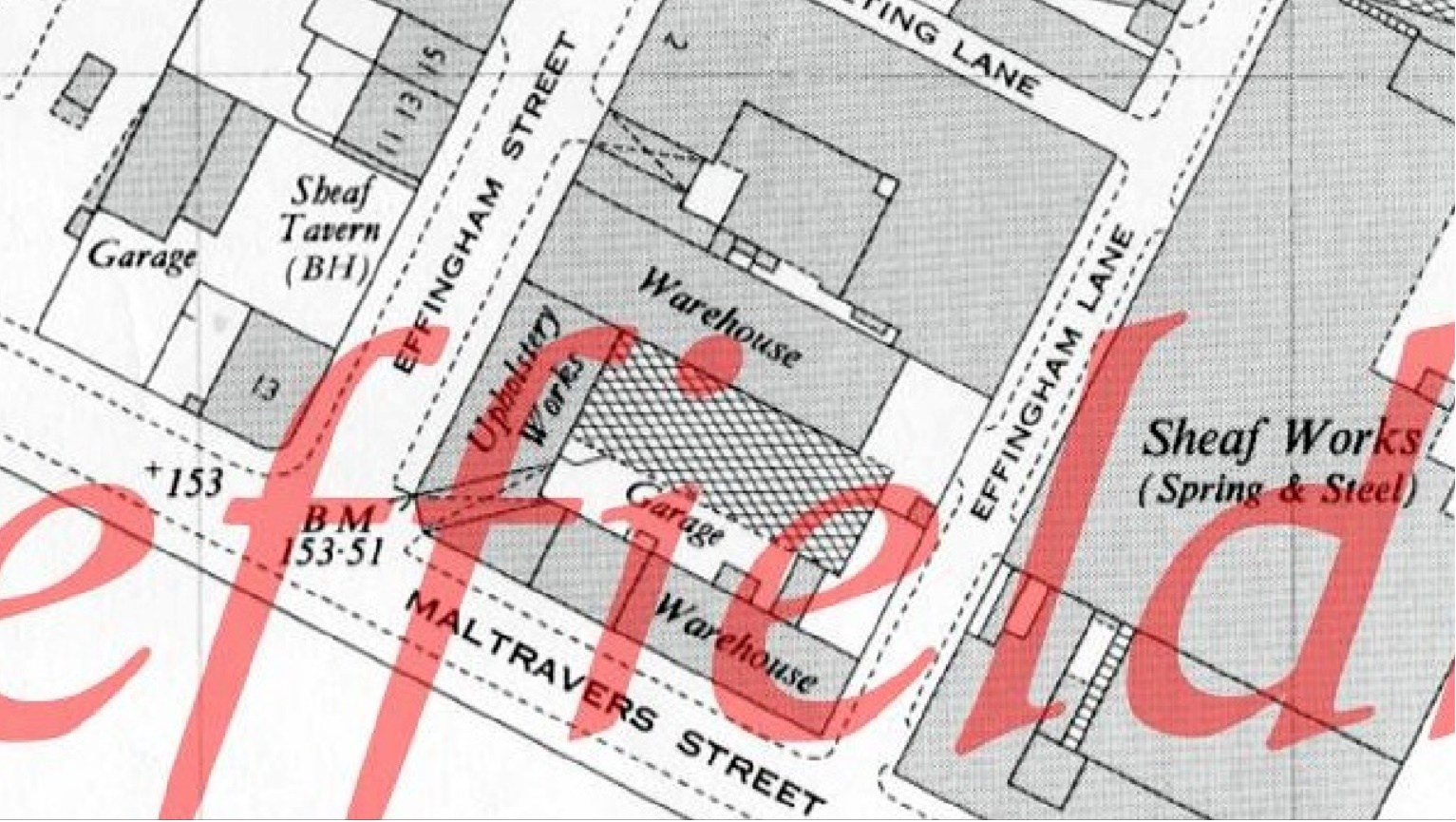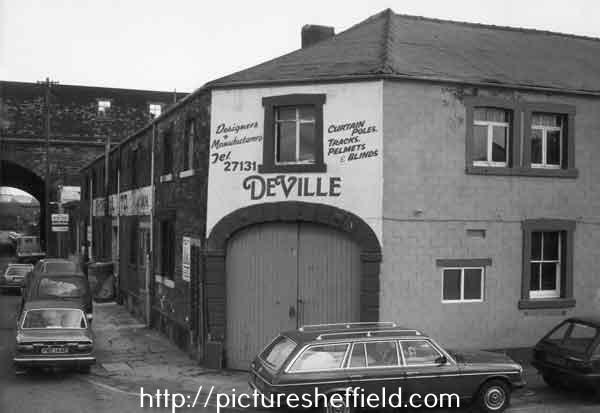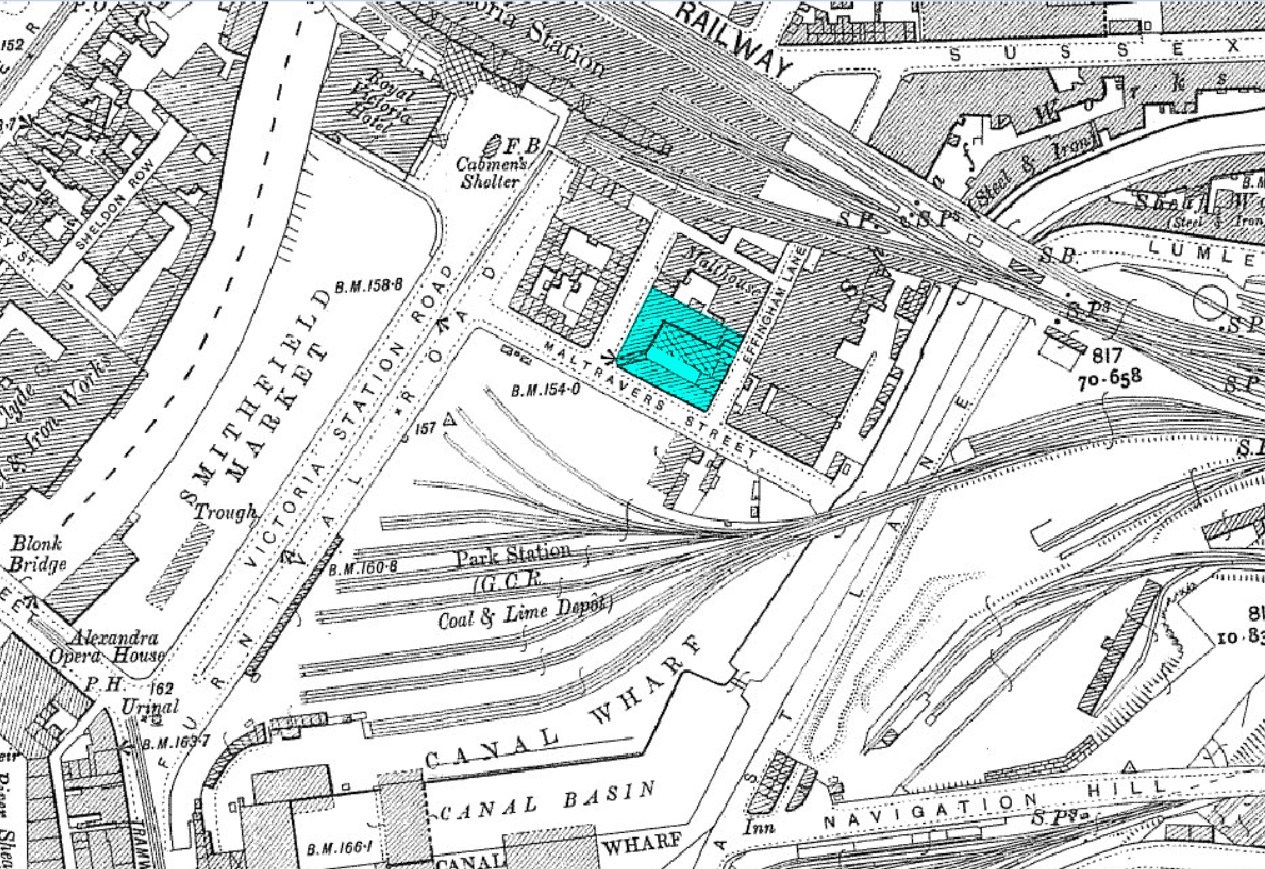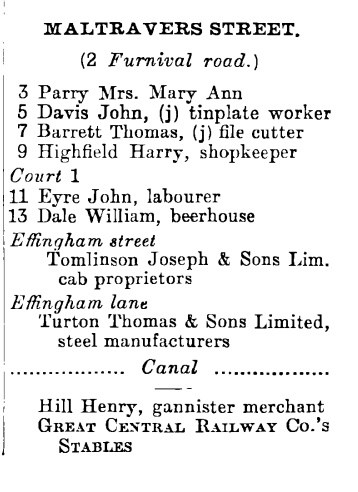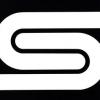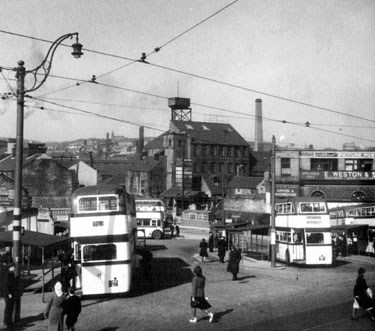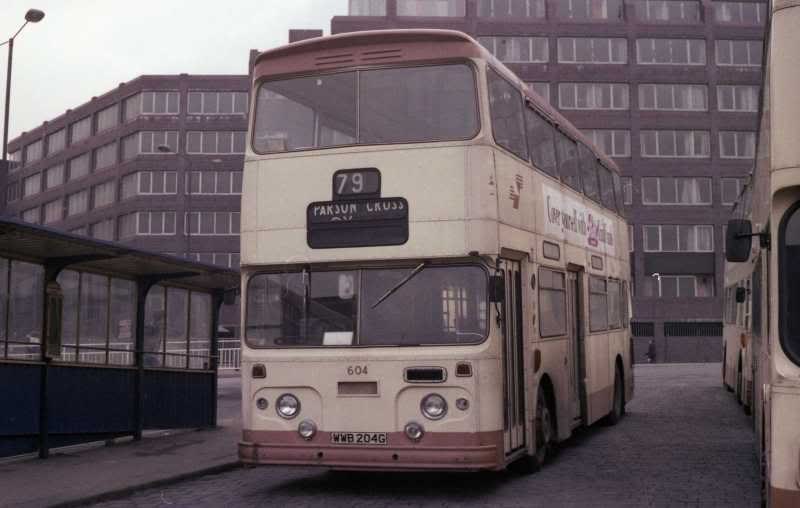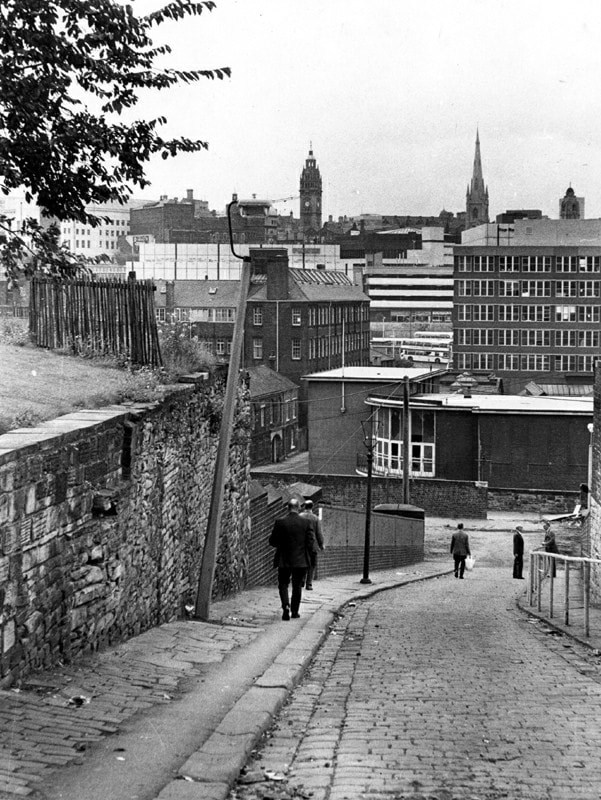Leaderboard
Popular Content
Showing content with the highest reputation on 20/05/20 in all areas
-
2 points
-
2 points
-
2 points
-
2 points
-
2 points
-
2 points
-
1 point
-
1 point
-
1 point
-
And an 1879 Whites, which doesn't list a 126 in the street listing but gives numbers to some of the un-numbered works in the Kelly's. The alphabetical list does show Joseph Tomlinson at 126, however. The order of the various works is different, but it suggests to me that 126 was somewhere amongst those works towards the bottom of the map posted above. I could be wrong, of course (and often am )1 point
-
1 point
-
Would have been near the junction of Rutland Road and Penistone Road, just down the road from Bedford St.1 point
-
Does anybody have any info or pictures regarding Oxford Mews? It was occupied by Joseph Tomlinson & Sons Ltd. and was located on the corner of Hanover Street and Ecclesall Road. I’m unsure as to where it was located. I’m wondering if anybody can help me? Thanks1 point
-
1 point
-
1 point
-
In the bottom picture you can just about see some of Tomlinson’s Ecclesall garage1 point
-
1 point
-
The Pub, seen in most of the photos, is the New Inn, 108 Ecclesall Road.1 point
-
Ahh yes. That definitely is Oxford Mews because in a directory I read, 287 Hanover Street, which has been written on the picture from Picturesheffield above. Thank you both so much!1 point
-
1 point
-
Typical that neither of the two Whites I looked at (1901 and 1911) mentions Oxford Mews in the street by street listing. Next time perhaps I should look in the alphabetical listing, where it is mentioned.1 point
-
White's 1905. Tomlinson Joseph & Sons Ltd. cab & carriage proprietors, Oxford Mews, 162 Moore Street.1 point
-
Whites 1901 directory has: 162 Moore Street - Tomlinson Joseph & Sons Lim. Cab proprietors 162 is listed as the last property on Moore Street before the junction with Ecclesall Road. Prior to the end of the 19th century Moore STreet was known as Oxford Road AN 1890 map (from old-maps.co.uk. Ecclesall Road is the road across the bottom of the map, Hanover Street is coming down from the top and Oxford Road is heading off to the top right of the map. Possibly somewhere in the vicinity of the marker was Oxford Mews.1 point
-
1 point
-
Near enough https://maps.nls.uk/geo/explore/side-by-side/#zoom=17&lat=53.38664&lon=-1.45851&layers=6&right=BingHyb1 point
-
1 point
-
1 point
-
There was a drainage system under the HITR, otherwise when it rained it would have just filled up, so access is still needed to it. I would guess the props were installed to help support the roof. No amount of fill is going to support the ground above unless it is compacted, and you can't do that in existing tunnels. Over time the building rubble would settle, and Castle Square would start to sink! There was a problem on Park Square some years ago after the Supertram works, one of the 100 foot high street lights started to lean due to the ground settling near the new bridge at Commercial Street, we had to install a new concrete base a few metres away and move the mast.1 point
-
1 point
-
1 point
-
They were becoming very unsafe 'no go' areas, where all kinds of crime took place. They also stank pretty badly towards the end as they were used as toilets1 point
-
1 point
-
Well, sort of. Each "prefab" had two classrooms with a cloakroom in between. Because of shortage of space in the main building, each lunchtime two ladies used to push our food, in metal containers, up to the prefab and set up stall on a table placed across the entrance of the cloakroom. We'd collect our meals and then go back into our classroom and eat at our desks. This was 1960-ish when I was in Mr. Iossen's class. I remember Mr. Spir, and his then-teenage son Barry who used to come and help out with games from time to time. I also remember visiting the school a few years after I had left, and hearing the sad news of Mr. Spir's death. And finally...I never heardv the park called Hollinsend anything - in my family it was just "Gleadless Park".However, I've just remembered that local children used to talk about "the old rec" and "the new rec", "rec" being short for "recreation ground". Now, The Old Rec was, from memory, off Gleadless Common, with its entrance on the right-hand side as you walked uphill. I wonder if the "New Rec" was Hollinsend Park.1 point


